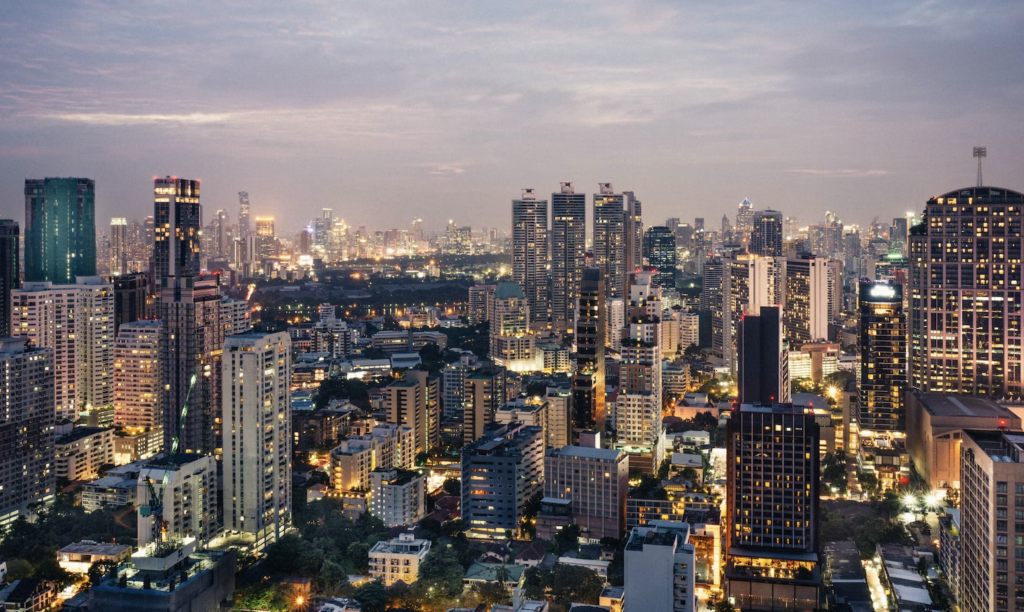Coastal Cities Are Sinking Worldwide, Here’s What One Architect Is Doing About It
Kotchakorn Voraakhom, an architect who studied at Harvard, is helping flood-prone sinking cities like Bangkok to improve their infrastructure.
This article is more than 2 years old
Rising waters in coastal and lowland areas are causing sinking cities in many global regions. In recent decades, even major cities like Bangkok, Thailand, have made the news after experiencing devastating floods. But thanks to work from one intrepid architect, these cities are now experiencing relief.
Kotchakorn Voraakhom is a landscape architect who calls Bangkok her hometown. She studied at Harvard’s Graduate School of Design. And after the 2011 floods in Bangkok, she knew what she had to do – help flood-prone areas avoid similar devastation.
Bangkok is home to more than 11 million people and is extremely prone to flooding. It sits only 4.9 feet above sea level in the Chao Phraya River Delta region. And it is one of the sinking cities.
Current estimates put its annual sink rate at 0.8 inches, which is shocking news. Like other sinking cities, Bangkok’s aging infrastructure cannot combat increased rainfall. So Voraakhom believes “we need to fix them and rethink the way we develop (cities).”
CNN profiled Voraakhom and her work in Bangkok and other sinking cities. Her mission is to help these cities learn how to live with the water rather than fight it. She incorporates innovative designs to accomplish this.
Some of her projects include – Asia’s largest rooftop farm, a canal park right in the city center, a park capable of holding one million gallons of water, and an elevated walkway. In addition to working on designs that can help alleviate the flooding, she is also determined to add more green space to the city. And that is welcome news to many.

Diane Archer is a research fellow at the Stockholm Environment Institute in Bangkok. And she applauds the work that Voraakhom is doing. In her view, adding additional green space to the sprawling urban area is critically important.
“Not only are they designed to tackle flooding by acting as water storage spaces, but they contribute to urban cooling, cleaning the air, and providing essential green oases in our concrete jungle, so important for mental and physical health,” she told CNN. “Even at a small scale, these parks are beneficial to Bangkokians, and we could do with more.” But other sinking cities need similar interventions.
That is why Voraakhom has turned her attention to helping more sinking cities. She is currently working to save George Town in Malaysia. And she is advocating the inclusion of additional green space there, just like she did in Bangkok.
She believes that “being resilient is the ability to thrive and to survive. We have that ability as human beings, but our urban infrastructure does not have it and doesn’t allow us to have it.” Additionally, she says that incorporating more green areas is a “good long-term investment” and “the best solution for the next generation.”
However, residents of these sinking cities are not the only ones appreciative of her work. She recently received accolades from Washington University in St. Louis for her work on vulnerable sites in that city. They named her the designer in residence for her stellar work.





